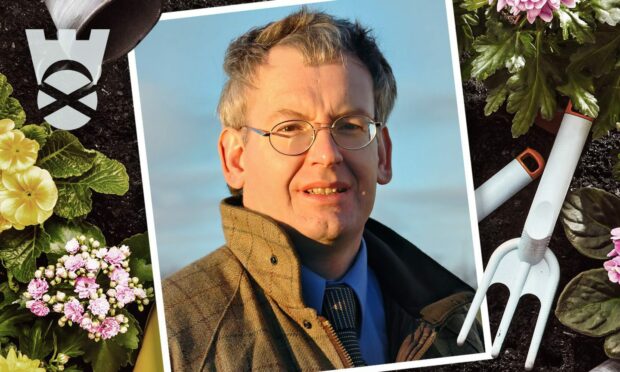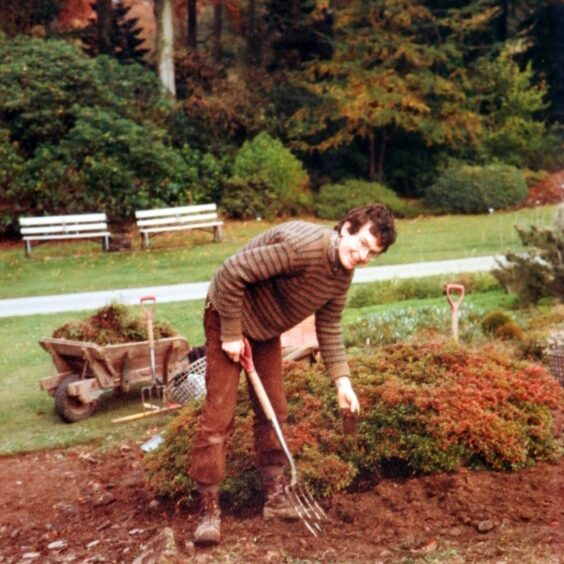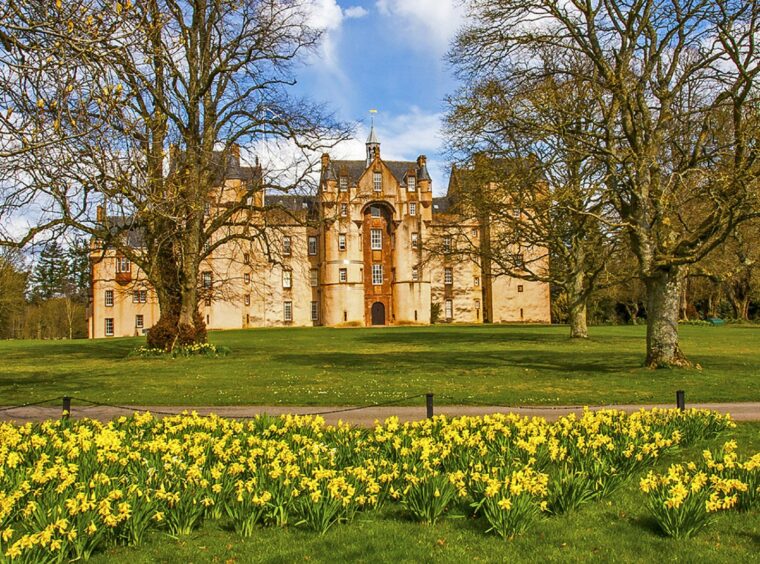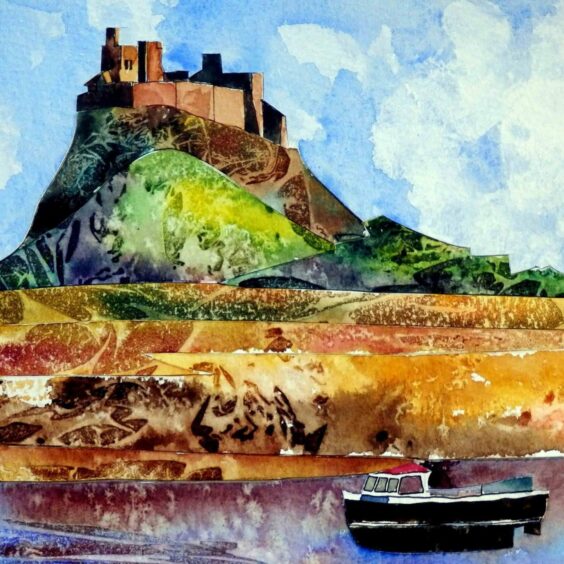Robert Grant’s work transformed the gardens of Scotland’s best-known properties. Now, following his death age 59, his family has paid tribute to the “kind”, “dedicated” man who devoted his life to horticulture.
Nature lover
Robert William Grant was born in Sheffield on March 5 1964 to railway engineer Bill and his wife Margaret, a former domestic bursar in the university halls of residence.
Robert and his sister Alison moved around a lot in childhood due to the transient nature of their father’s job. He began school in Wylam, Northumberland before a move to Ingatestone in Essex, and later Haywards Heath, West Sussex.
From 1981 – 1983 Robert attended Merrist Wood Agricultural College in Guildford where he gained the Wisley Certificate in Horticulture. The following year he achieved the Royal Horticultural Society general certificate.
Like his mother, Robert always loved nature so doing this type of work meant he could be in the habitat he thrived in.
Building a life in Scotland
In 1984 Robert moved to Scotland to train at the Royal Botanic Gardens. He remained in Scotland for the rest of his life.
By 1987 he had become an instructor gardener for National Trust for Scotland (NTS) at
Threave. Joining the ranks of the NTS would prove to change trajectory of the rest of his life.
It was during an interview for the role of assistant to the head of gardens at NTS, based in Edinburgh, that he met his future wife Ann-Marie Grieve, who worked in personnel.
Though they chatted that day it was some time later when they were both on the interview panel for another position that they got to know one another properly.
They married in 1992 at St Margaret’s church in Davidson’s Mains, Edinburgh. Together they loved to bag Munros and indulge their creative sides, opening their home for many years as an open studio.
Sons Alasdair and Findlay were born in 1994 and 1999, respectively.
Body of work
In 2000 Robert’s role moved to Castle Fraser near Inverurie, and in 2009 he became the National Trust’s head of gardens and designed landscapes. He remained in this position until an organisational restructure saw him take redundancy to start his own consultancy business in 2016.
Alongside Robert Grant Historic Garden and Designed Landscape Consultant Ltd he was a plant committee specialist for the Royal Horticultural Society until this year.
Throughout his prestigious career Robert worked on multiple notable projects.
He spent time at the Royal Botanic Garden Kew, designed a formal garden at the Chelsea Flower Show, for which he earned a Chelsea gold medal, and did a lecture tour in the United States.
Fyvie castle and Haddo House
Robert was involved with the major garden developments at Culzean Castle, Pitmedden, Culross Palace Garden in Fife and JM Barrie’s birthplace, Kirriemuir. Robert designed a Peter Pan-themed garden featuring a 15m living willow crocodile and pirates’ chest.
He was particularly proud of the work he oversaw at Fyvie Castle, creating the Garden of Scottish Cultivated Fruits. Robert’s work also took him to Haddo House, Inverewe Garden, Brodick Castle, Malleny Garden, Culross Palace, Crathes Castle, Drum Castle and Kellie Castle in Fife among others.
Always passionate about his field, Robert kept meticulous records and photographs of all his work and research, leaving after his death a considerable body of work.
Health challenges
Last August Robert was diagnosed with cancer, following a period of illness. In October it was discovered it was myeloma – a blood cancer – which resulted in a gruelling regime of treatment.
Ann-Marie said: “Robert suffered a lot of pain before and after the diagnosis. His treatment was very invasive which meant a huge change in lifestyle for him. He was very stoic through it all.”
In a bid to take his mind off treatment, Robert threw himself into family research projects and continued his long time loves of painting and music.
Celebration of life
At Aberdeen Royal Infirmary on August 24 Robert passed away aged 59. A celebration of his life took place at Clovery Woods of Rest.
“My dad was a gentle soul; a sincere man who faced his illness so stoically,” said Alasdair. “He leaves behind a considerable, rich, body of work that has left an imprint on Scotland.”
A sentiment echoed by Findlay.
“Dad was a quiet, softly spoken man, but fiercely supportive in all that we did. Most of all, he taught me the importance of perseverance in the face of adversity, which I will always be grateful for.”
“He was remarkable,” added Ann-Marie. “We said goodbye to him on a glorious day, not too far from some of the places where he was most proud to have worked. It was a privilege seeing just how many people thought highly of him.
“We were very lucky to have had him in our lives.”







Conversation